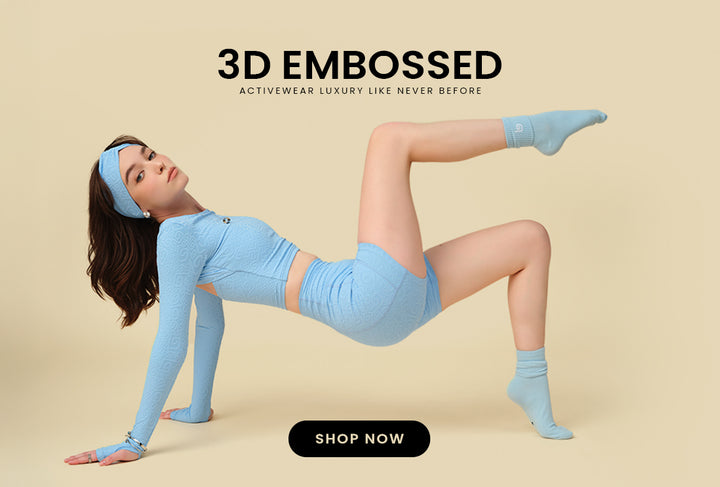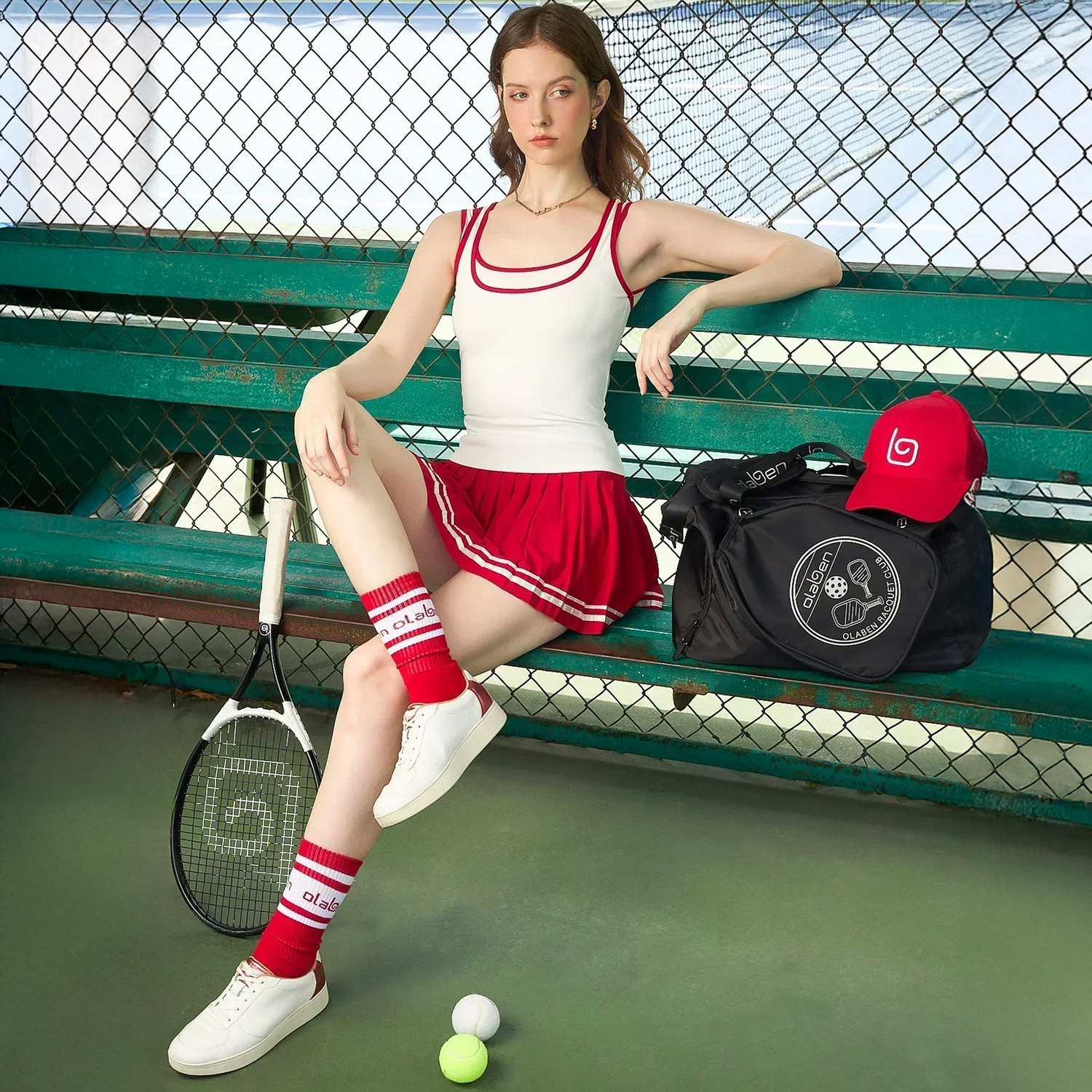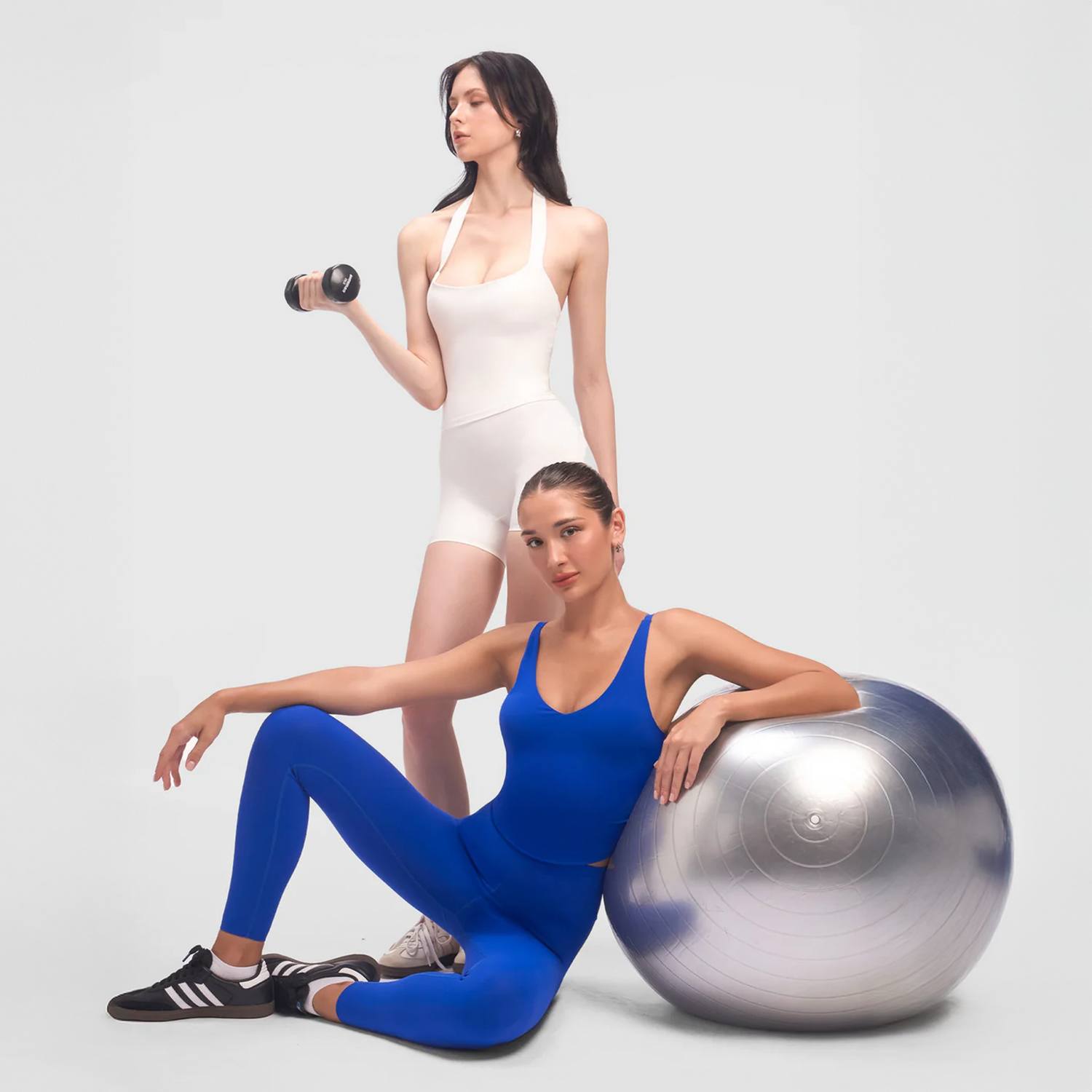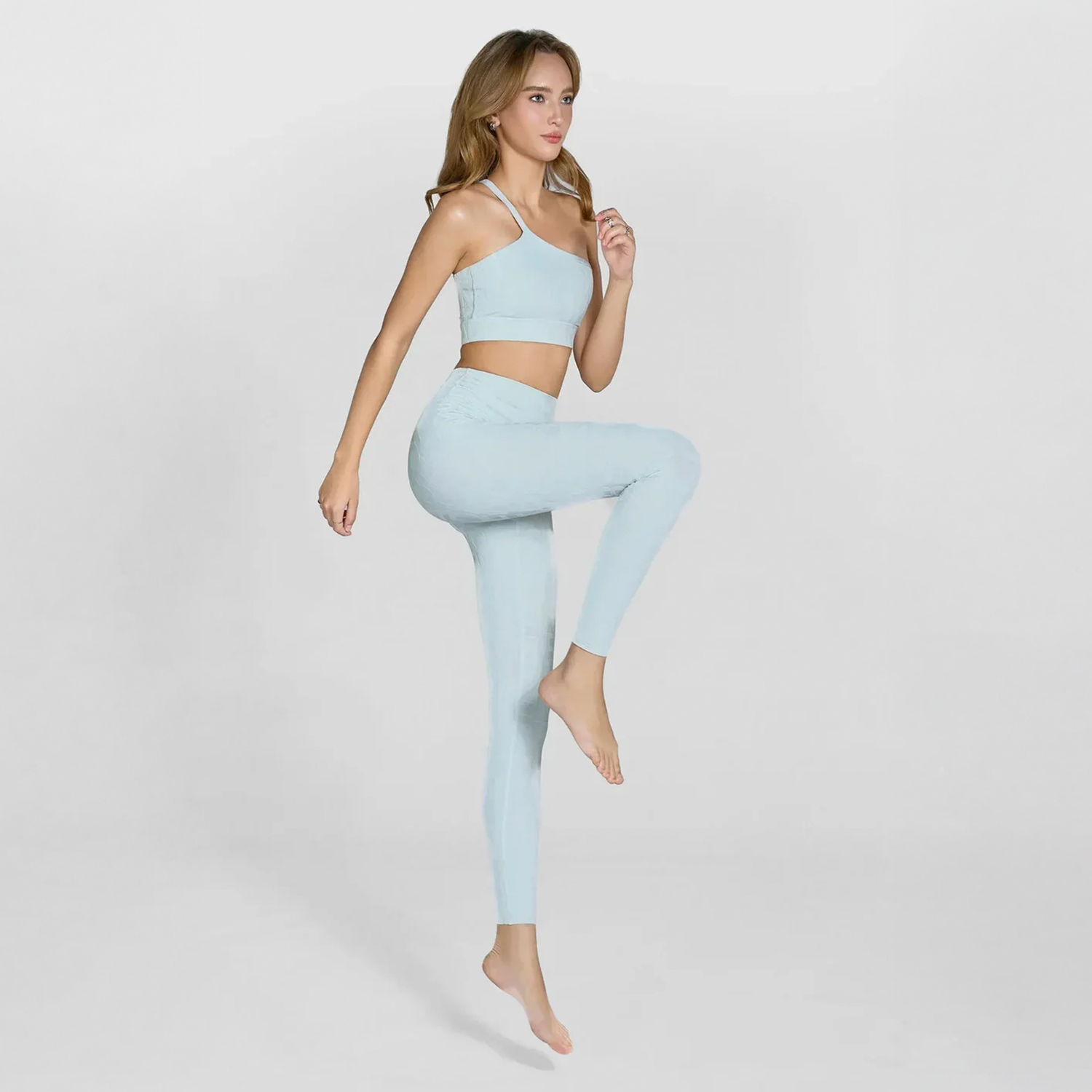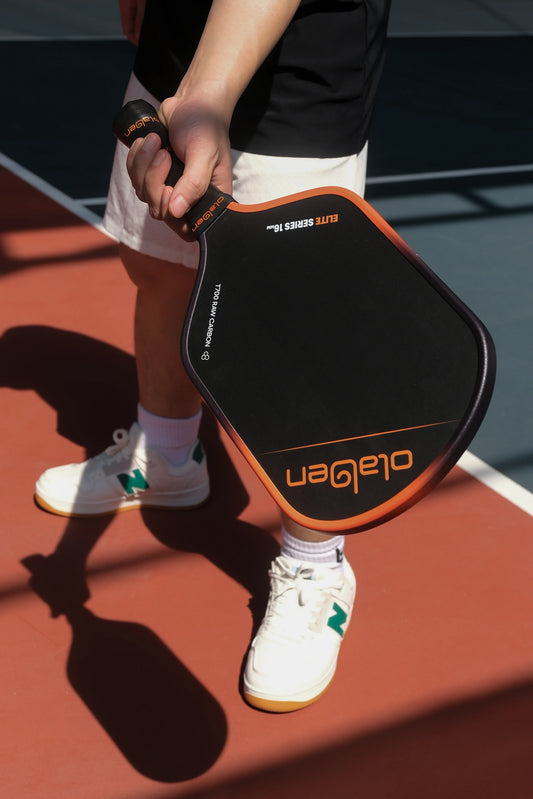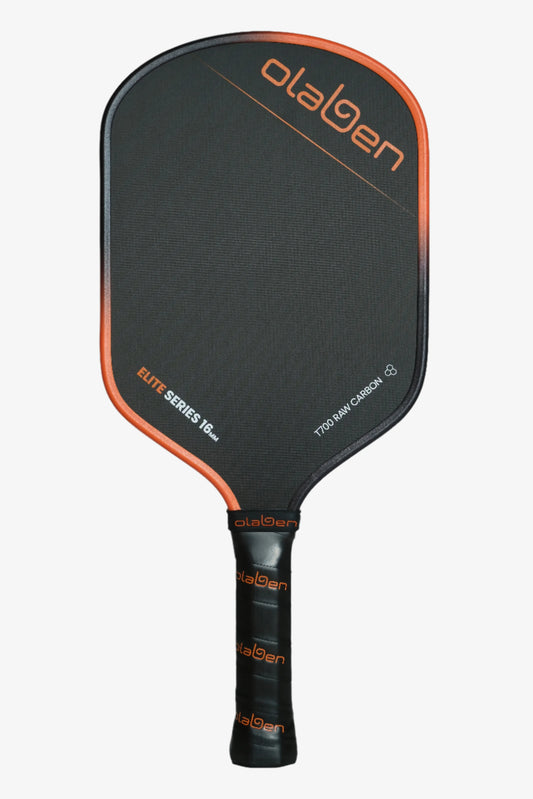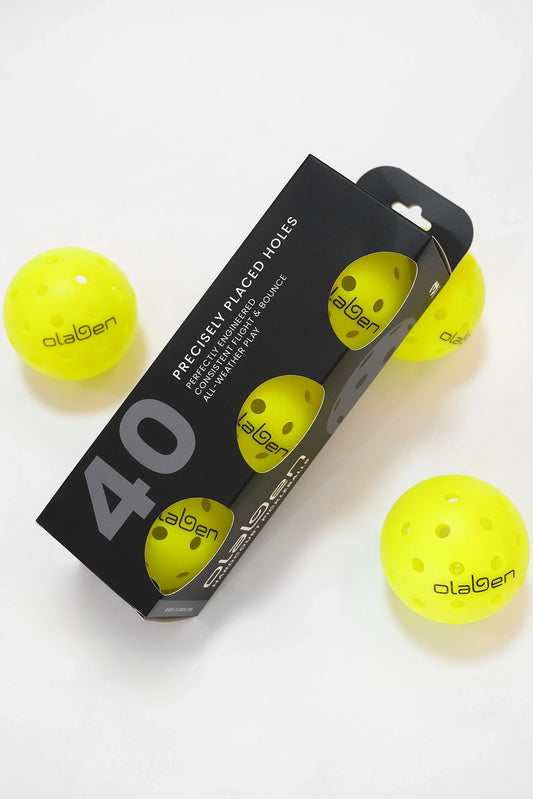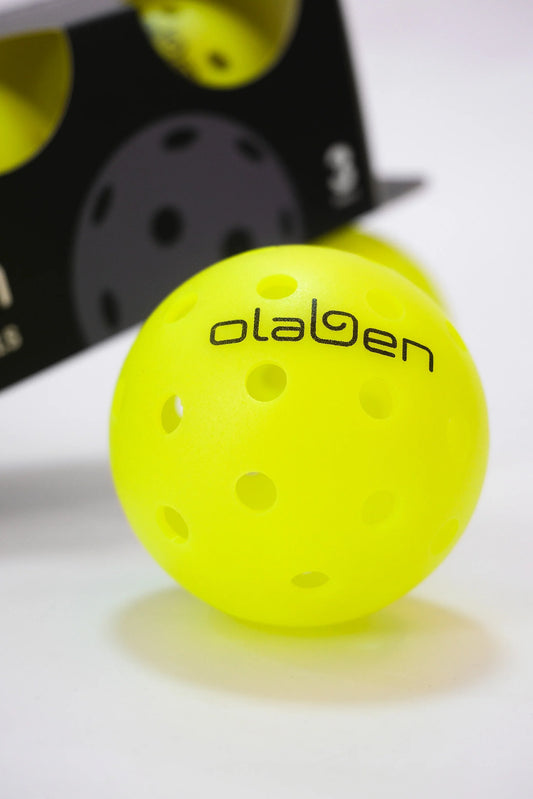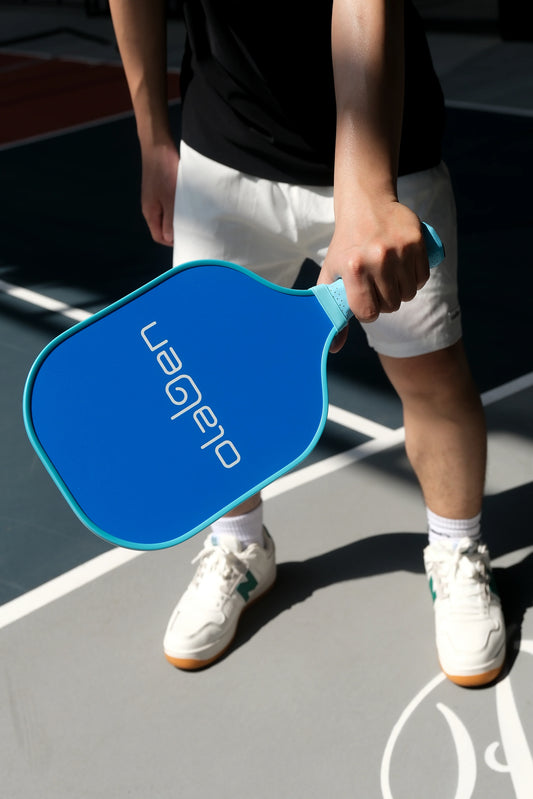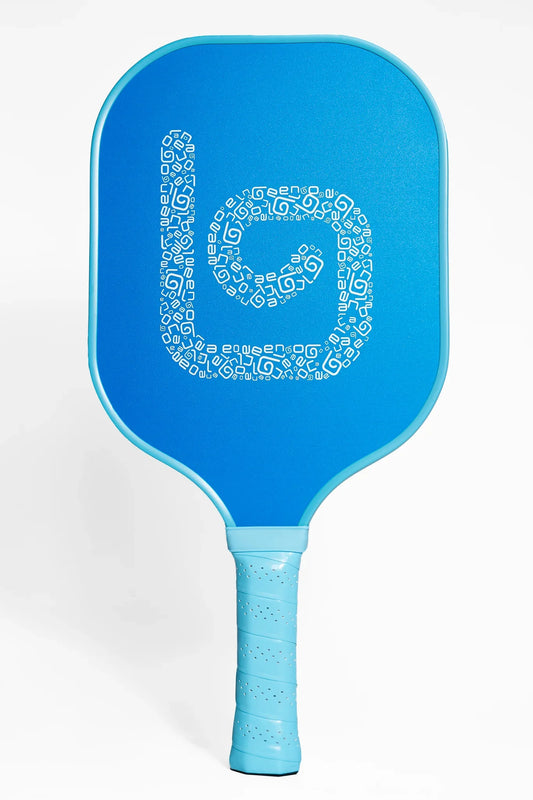Pickleball is one of the fastest-growing sports worldwide, blending speed, agility, and strategy. But while most players focus on paddles and gear, the right pickleball shoes are often overlooked. The truth is—your footwear can make or break your performance on the court.
In this guide, Olaben will walk you through why pickleball-specific shoes matter, what features to look for, and how to pick the best pair for your playing style.
Why Pickleball Shoes Matter
Unlike running or casual sneakers, pickleball shoes are designed for quick pivots, lateral movements, and sudden stops. Wearing the wrong footwear not only reduces performance but also increases the risk of injuries like ankle sprains.
Key reasons to invest in court-specific pickleball shoes:
- Lateral support to handle side-to-side movements.
- Durable outsoles built for indoor or outdoor courts.
- Grip and traction to prevent slipping during fast rallies.
Pro tip: If you’re still playing in running shoes, upgrading to proper pickleball shoes will instantly boost your stability and confidence.

Indoor vs. Outdoor Pickleball Shoes
Pickleball can be played indoors on gym-style courts or outdoors on asphalt/concrete. Each surface demands different shoe designs:
-
Indoor Pickleball Shoes
- Non-marking gum rubber soles.
- Softer tread for grip on polished wood or laminate.
- Lightweight, offering smooth traction indoors.
-
Outdoor Pickleball Shoes
- Firmer, abrasion-resistant outsoles.
- Deeper tread patterns for rough surfaces.
- Extra durability against asphalt and concrete wear.

Key Features to Look For in Pickleball Shoes
When shopping for pickleball footwear, it’s important to look beyond style and brand name. The right pair of shoes can make a huge difference in your performance, endurance, and overall safety on the court. Here are the must-have features to prioritize:
- Non-Marking Soles – Many indoor courts strictly require non-marking soles to protect the surface. These outsoles are specifically designed not to leave scuff marks, while still giving you excellent traction during fast-paced rallies.
- Cushioning – Pickleball involves quick bursts of movement and plenty of jumping or lunging. Adequate cushioning in the midsole helps absorb shock, protecting your knees, hips, and lower back over the course of long matches. Look for EVA or gel-based cushioning systems for maximum comfort.
- Ankle Support – Unlike running shoes, which prioritize forward motion, pickleball shoes need to stabilize your foot in multiple directions. Reinforced ankle collars and strong lateral support panels help minimize the risk of rolling your ankle during sudden side-to-side pivots.
- Breathability – Breathable mesh uppers or ventilated side panels help regulate temperature, preventing your feet from overheating. This is especially important for outdoor summer play, where excess heat and sweat can cause blisters or discomfort.
- Reinforced Toe Cap – Frequent toe-dragging is common in pickleball, especially when lunging forward to return a low shot. A durable toe guard or reinforced cap will protect your shoe (and your toes) from premature wear.
- Lightweight Construction – A lighter shoe allows you to move faster without sacrificing support. Modern pickleball shoes balance lightweight uppers with sturdy outsoles, ensuring that you stay agile while still getting the stability needed for aggressive court play.

How to Find the Right Fit
Even the best-designed pickleball shoes won’t deliver results if they don’t fit your feet properly. Comfort and stability start with the right size, shape, and fit. Here’s how to make sure your new shoes work for you:
- Wear your game-day socks when trying shoes. Different sock thicknesses can alter how snug the shoe feels, so test them with what you’ll actually use in play.
- Check for toe box space. Your toes should have enough room to wiggle freely without feeling cramped. A slightly wider toe box prevents blisters and keeps your feet comfortable during long games.
- Secure heel fit. Your heel should sit snugly in the back of the shoe without excessive slipping. A well-locked heel improves balance, prevents blisters, and helps you explode off the court with confidence.
- Test side-to-side stability. Try quick lateral movements when trying shoes on. If your foot slides around inside, the shoe may not provide enough lateral support for pickleball.
- Shop in the evening. Feet naturally swell throughout the day. Buying shoes later ensures they’ll still feel comfortable when your feet are at their largest—similar to how they’ll feel after a long, intense match.
Final Thoughts: Step Into Better Performance
Choosing the right pickleball shoes goes beyond comfort—it’s about protecting yourself from injuries, sharpening your footwork, and unlocking your best performance on the court. Prioritize lateral support, court-specific outsoles, and a secure fit to give yourself the competitive edge in every rally.
With the right pair of shoes—and the right pickleball accessories to match—you’ll move faster, play longer, and enjoy every game with confidence.
